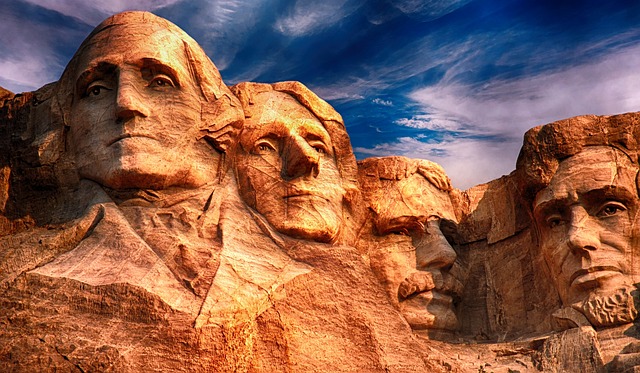The Tea-Stained American Flag is a powerful historical symbol, dating back to the Boston Tea Party (1773), representing colonial resistance against British taxation. This distinctive design, with its tea-stained colors, signifies the colonists' determination for independence and their sacrifices in the pursuit of freedom. Today, these rare flags serve as sought-after collectibles, commemorating the revolutionary spirit and creativity of early Americans.
Discover the captivating history and significance of tea-stained American flags, a unique and symbolic artifact with roots in colonial and revolutionary times. This natural dyeing technique, once used to mark significant events, is making a modern comeback for historical re-enactments and celebrations. Learn how to create and use these authentic-looking flags, becoming an integral part of bringing history to life while preserving their integrity through proper care.
- Significance and History of Tea-Stained American Flags
- – The origin and symbolism behind the tea-stained flag
Significance and History of Tea-Stained American Flags

The Tea-Stained American Flag holds a profound historical significance, serving as a powerful symbol of protest and revolution. This unique variation of the classic American flag emerged during significant colonial and revolutionary periods in U.S. history. The practice of dyeing flags with tea began as an act of resistance against British taxation policies, specifically the Tea Act of 1773. American colonists, displeased by these taxes without representation, performed the iconic Boston Tea Party, dumping tea into the harbor. As a result, their flags took on a distinct, rustic hue from the natural dye extracted from the tea leaves, forever changing the landscape of patriotic symbols.
This method of flag alteration became a way to convey dissent and solidarity among revolutionaries. The deliberate staining served as a visual declaration of independence and a reminder of the sacrifices made during the fight for freedom. Over time, these tea-stained flags took on various designs, incorporating elements like hand-sewn stars and stripes, each one a testament to the resilience and creativity of early Americans. Today, they remain sought-after collectibles and powerful reminders of the nation’s revolutionary spirit.
– The origin and symbolism behind the tea-stained flag

The Tea-Stained American Flag, a striking and symbolic representation, finds its roots in a pivotal moment of resistance during colonial times. This unique flag design emerged from the infamous Boston Tea Party, a protest against British taxation policies in 1773. In a bold act of defiance, American colonists boarded three ships in Boston Harbor and threw 342 containers of tea into the water, demonstrating their opposition to what they deemed an unfair tax. The event left a lasting mark on history, igniting the revolutionary spirit that eventually led to the creation of the United States.
The tea-stained aspect of the flag is more than just a visual effect; it symbolizes the colonies’ defiance and their refusal to submit to British rule. The act of staining the flag in this manner represents the colonists’ willingness to sacrifice and take a stand against perceived tyranny. This symbol has since become an enduring emblem, reminding Americans of their revolutionary heritage and the struggle for independence. It is a powerful visual reminder of the courage and determination that shaped the nation’s founding.
